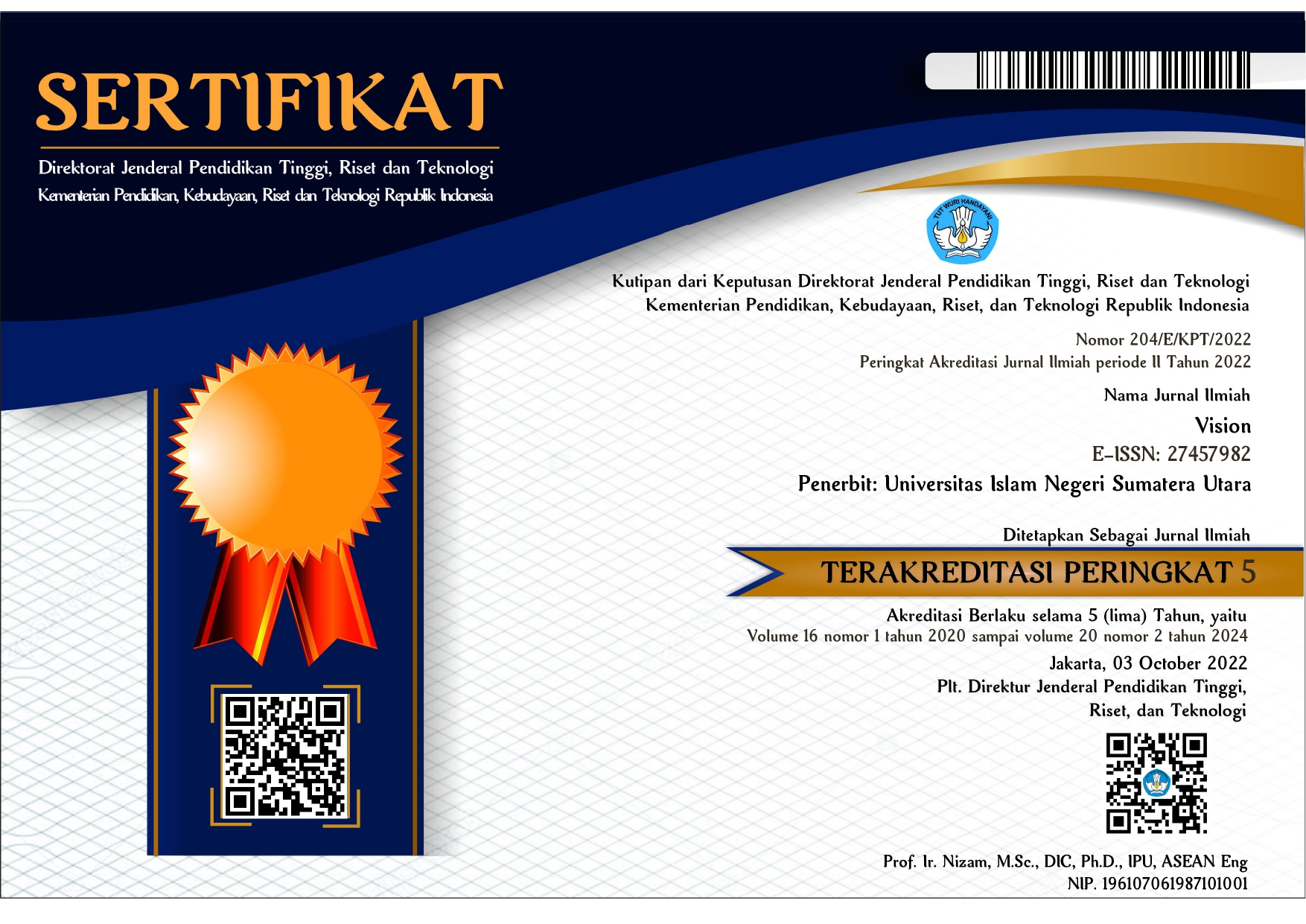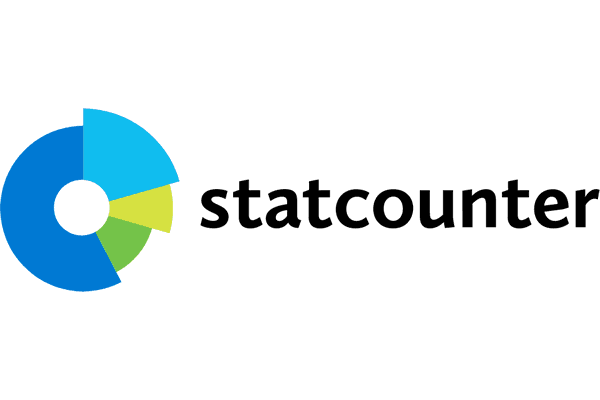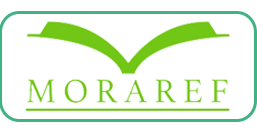LANGUAGE STYLE IN FACEBOOK STATUS
Abstract
This study addresses language style, different ways of communicating, and the purposes of communication of male and female in Facebook status. The objectives of the study are: a) to find out the dominant type of language style used by male and female; b) to describe the way of communicating between male and female; and c) to describe the purposes of communication of male and female in Facebook status. The data were obtained from 33 males’ statuses and 33 females’ statuses in March 2019. The data were analyzed based on two theories, first is three types of language style according to Joos (1967), they are formal style, consultative style and casual style. Second is the purposes of Facebook communication according to Patrick (2010), they are entertainment, integration into community, relationship maintenance, and identity construction. The findings show that: a) the dominant style used by both male and female in Facebook status are consultative style; b) The reasons of communication of male and female in Facebook status are: identity construction, giving information, praying, feeling, and giving advice.
Full Text:
PDFReferences
Baron, N. 2009. See You Online: Gender Issues in College Student Use of Instant Messaging. Journal of Language and Social Psychology, 23 (4), 397-423.
Boyd, D. 2008. Facebook’s Privacy Trainwerck. The International Journal of Research into New Media Technologies, 14 (1), 13-20.
Boyd, D & Ellison. 2007. Social network sites: Definition, history, and scholarship. Journal of Computer-Mediated Communication, 13, 210-230
Ellison, N. et al. 2007. The Benefits of Facebook "Friends": Social Capital and College Students' Use of Online Social Network Sites. Journal of Computer-Mediated Communication, 12 (4), 1143-1168.
Factsheet. 2009. Facebook. Retrieved January 19, 2019 from http://www.facebook.com/press/info.php?factsheet
Joos, M. 1967. The Five Clocks. Harcourt, Brace & World: New York.
Kariman, T. M. 2011. Social Media and English Language Instruction: What, Why, and How. Paper presented at an international seminar “Creativeand Innovative Language Learning in the ICT Era Contributing to the Development of Indonesia” Medan, Mei 2011.
Lampe, C. et al. 2006. A Face(book) in the Crowd: Social Searching vs. Social Browsing. In Proceedings of the 2006 20th Anniversary Conference on Computer-Supported Cooperactibe Work (CSCW). New York: ACM Press.
Patrick, K. 2010. Finding Meaning in Facebook. Unpublished thesis. Butler University. Pietroluongo, L. 2011. Types of Computer-Mediated Communication. Retrieved January 31, 2019 from http://www/ehow.com/info_8696830_types-computermediated-communication.html
Stefanone, M. et al. 2011. Contingencies of Self-Worth and Social- Networking-Site Behavior. Journal of Cyberpsychology, Behavior, and Social Networking, 14, 41-49
Thompson, N. 2003. Communication and Language. New York: Palgrave Macmillan.
Valenzuela, S., Park, N., & Kee, K. F. (2009). Is there social capital in a social Network site?: Facebook use and college students' life satisfaction, trust, and participation. Journal of Computer-Mediated Communication, 14, 875-901.
West, A. et al. 2009. Students Facebook 'friends': Public and private spheres. Journal of Youth Studies, 12(6),615-627.
Zywica, J. & Danowski, 1. (2008). The Faces of Facebookers: Investigating Social Enhancement and Social Compensation Hypotheses; Predicting Facebook and Offline Popularity from Sociability and Self-Esteem, and Mapping the Meanings of Popularity with Semantic Networks. Journal of Computer-Mediated Communication, 14 (1), 1-34.
DOI: http://dx.doi.org/10.30829/vis.v15i1.482
Refbacks
- There are currently no refbacks.
Copyright (c) 2019 VISION
















